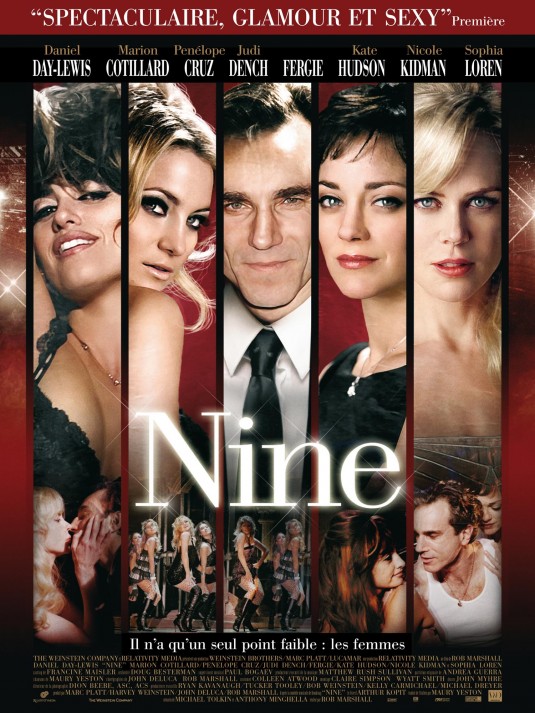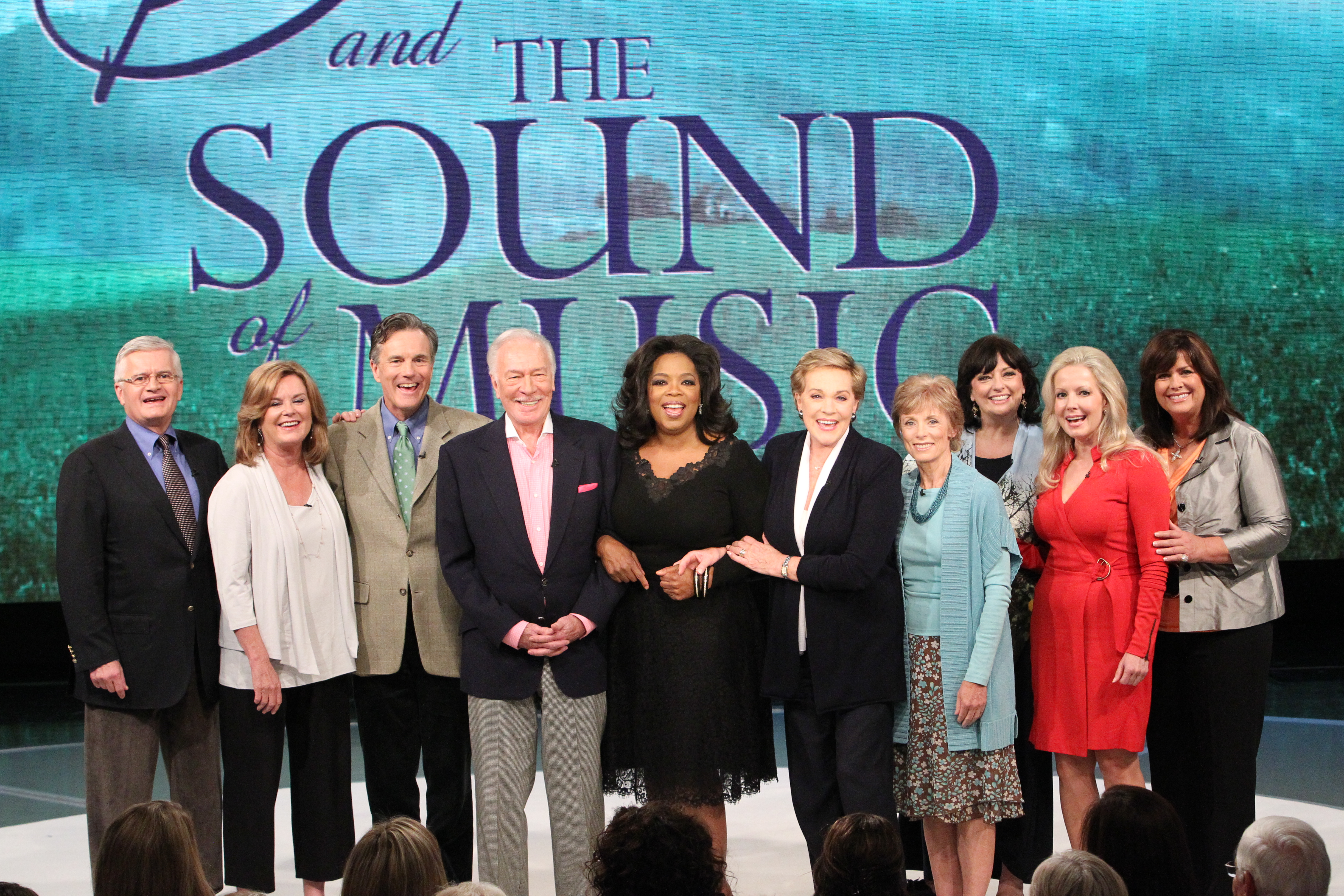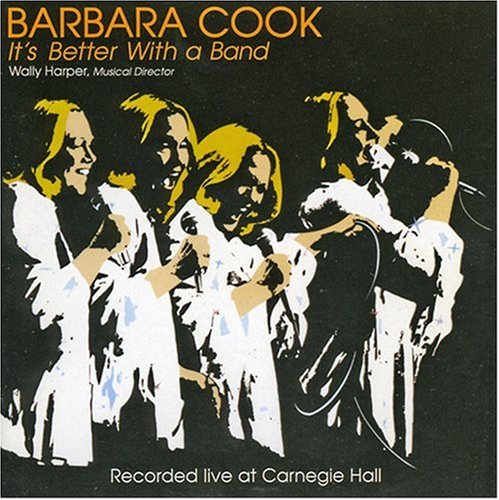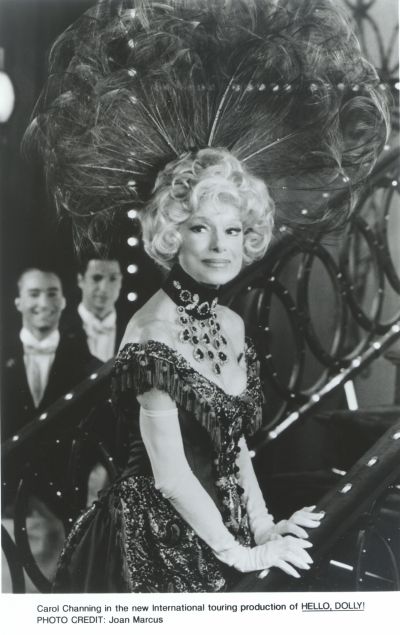Broken bones on Broadway aren’t a new phenomenon. It’s not a pleasant thing by any means, but in live performance there is the potential for injuries and illness, one of the few unfortunate aspects of the experience. There are explicit union instructions and regulations in place to help protect actors. For instance, whenever stage combat is required – whether it’s blow by blow or a sword fight – actors are required to attend what is known as fight call. It takes place about an hour before the show and involves the actors in the scene reviewing the fight choreography in slow motion, then a second time in regular motion. When I was in college, there was a specific flight call before a dance event for a main dancer to test the harness which would be sending him soaring through the air as a part of the choreography.
It was revealed in Michael Riedel’s column on Friday that actor Kevin Aubin of Spider-Man: Turn Off the Dark broke both of his wrists at a recent event for ticket brokers and group sales representatives. The show’s technical display is among the most complicated and expensive in the history of live theatre. It makes for additional fodder in the press, which has had a field day because of the show’s troublesome gestation and expense. Everything about the show is under the microscope and The environment staging of the show, which required the gutting of the Foxwoods Theatre, has been promoted as one of the most dazzling technical displays of our time. Most shows in general involve a traditional proscenium staging. Director Julie Taymor and her team have created some eye-popping effects, with actors flying out from all areas of the theatre. Riedel takes his requisite glee at these troubles, but raises the legitimate question as to whether or not the safety of the audience has been taken into consideration as well.
While everything in plays and musicals is carefully planned and executed – particularly dances, stage combat and aerial maneuvers, sometimes things go wrong. There have been cases where actors have wandered too far downstage and fallen in the pit. When Lisa Kirk did it in 1947’s Allegro, she got up without missing a beat and received a big laugh. She almost lost her job recreating the moment at the next performance. At that same performance, one of the dancers from the show got his tap caught in the stage track, tearing the ligaments and tendons in his legs. He had to be carried into the wings screaming. When a dancer fell offstage in Anyone Can Whistle in 1964, the pit musician on whom he fell died. In Mary Martin’s autobiography, she talked about taking flight in Peter Pan and due to the rudimentary technology would find herself being flown into sets and walls. Barbara Cook decided not to come to Broadway in Carrie when the malfunctioning set almost decapitated her on opening night.
One of the great disappointments is arriving at the theatre to discover that the star will be out. Gwen Verdon, the Tony-winning above the title star of Redhead, was well aware of this. When she was forced to miss the August 1, 1959 performance due to a severe sprain, the star came to the theatre and made the understudy announcement herself: “I’m sorry for the accident, but at least this will give me my first chance to see the show. I hope you’ll stay and see it with me.” She then made her way to a seat on the aisle and sat with the audience for the evening. According to Peter Filichia’s cast album liner notes, “only a handful did.”
Most shows deal with injury on a regular basis, which is also why some of the bigger dance shows have the confetti of understudy inserts in the Playbills. Sprained ankles, tumbles and falls are a part of the dancer’s life, most vividly brought to life by the character Paul in A Chorus Line. There have been many occasions where stars have gone on in spite of their injury, the audience none the wiser. (Carol Channing once performed Hello, Dolly! on tour from a wheel chair following a foot injury). However, there are many instances where that’s just not possible. Karen Olivo was forced to withdraw early from West Side Story after breaking her ankle. Fela! was forced to cancel a performance last fall when there were too many injuries and the understudies weren’t ready to go on. More recently, an actor in the Donmar revival of Passion suffered an eye injury when a pistol containing blanks misfired during a performance.
The most recent incident that made major headlines involved actor Adrian Bailey while the veteran was appearing in The Little Mermaid. The Disney musical was choreographed on heelies and with an intricate design. While running through various scenes before the show, the actor fell through a trap door in the set which sent him falling forty feet to the stage. Mr. Bailey suffered two broken wrists, a broken foot, several broken ribs, a fractured sternum and also broke his back and a shattered pelvis. His medical injuries required extensive surgery and rehabilitation. A lawsuit against Disney was filed and is currently in litigation.
As for Spider-Man, this production is going to be unlike anything we’ve seen before. According to producer Michael Cohl, safety is a top priority. That said, from a physical element, everything that is done in the theatre will have to meet city and state regulations. While I know the intent is to wow the audience with its spectacle, I do hope they remember the safety of their actors, and in this case, the paying audience as well.









